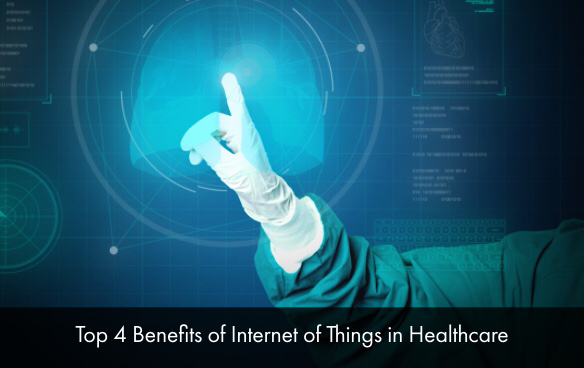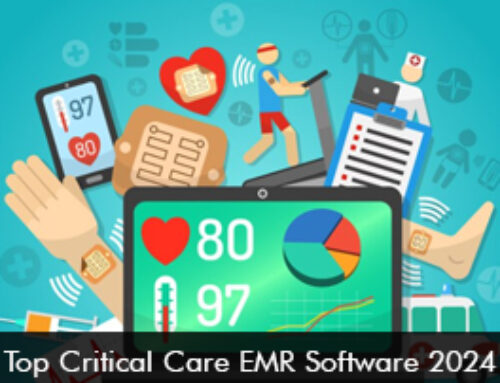Internet of Things (IoT) is a new way forward to improve the patient care process. The IoT comprises smart devices or objects which offer cloud connectivity to its users. These devices are valuable to transmit and collect data to the network which can be used by healthcare providers and medical organizations to accomplish health goals by enhancing patient treatment.
Internet of Things is a technological revolution that can bring about great benefits in the healthcare sector if implemented and used effectively.
4 Reasons to Leverage the IoT
- IoT will help to enhance the diagnosis and treatment of patients – Cloud-connected medical devices can be used to improve diagnosis and treatment options for patients. Such as the capsule endoscopy which is a pill with a miniature camera and takes thousands of images once swallowed by the patient. The pictures can then be viewed by doctors to diagnose colon cancer. The successful diagnosis is supported by machine learning technology which automates the image analysis.
- Supports patient remote monitoring and remote health – Nearly 64% of IoT use in the healthcare space is via patient monitors. Connected devices can help remote monitoring of chronic diseases and conditions. Wearable devices can help to monitor blood glucose levels regularly. This data can then be transferred to clinics to facilitate remote patient monitoring and enhance patients’ overall health. By updating the personal health data of patients on the cloud it eliminates the need to feed it into the Electronic Medical Records (EMR) Software. IoT ensures decision support which enables healthcare providers in the best treatment of patients.
- Increased patient satisfaction and engagement – IoT can help to optimize surgical workflow which can increase patient satisfaction. For example, discharge information can be provided to the patient’s family members. Devices connected to the internet helps patients to interact with their physicians supporting patient engagement.
- Helps in staff compliance and hygiene – The Center for Disease and Control (CDC) estimates that one out of 20 patients will receive an infection when admitted to the hospital facility due to lack of hygiene. Sensors can help to alert and notify a practitioner if they come near a patient’s bed without washing their hands from a previous encounter. These episodes can also be recorded in a database that will help hospital management to keep track of hygiene and address recurring cleanliness issues. During the COVID-19 outbreak, this is especially useful to combat the spread of the virus by making sure healthcare providers wash their hands.
Barriers of IoT in the healthcare industry
The most apparent roadblocks to IoT include storing, managing, and securing the data. Another barrier includes the lack of EHR software interoperability and integrations. Even if data flows freely many providers don’t have the infrastructure and training to access it. Good software vendors offer interoperability options such as athenahealth EMR Software and Epic EMR Software.
The future
The future of IoT in healthcare seems promising and with the help of connected devices, clinicians will see a decrease in missed appointments and improved patient outcome levels with fewer hospital admission rates. Once IoT is completely embraced by the healthcare sector, patients, doctors, and each stakeholder will benefit from optimizing how things are done.







